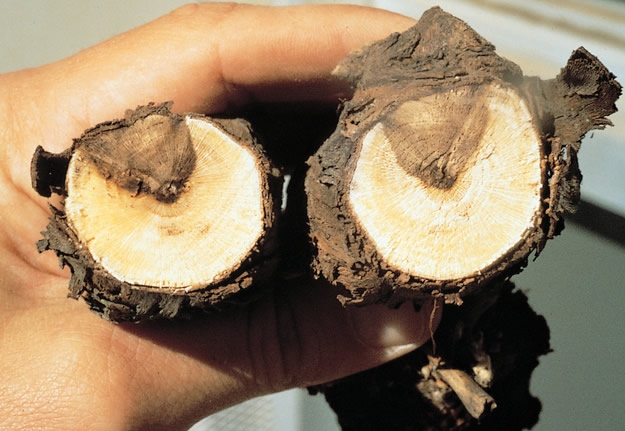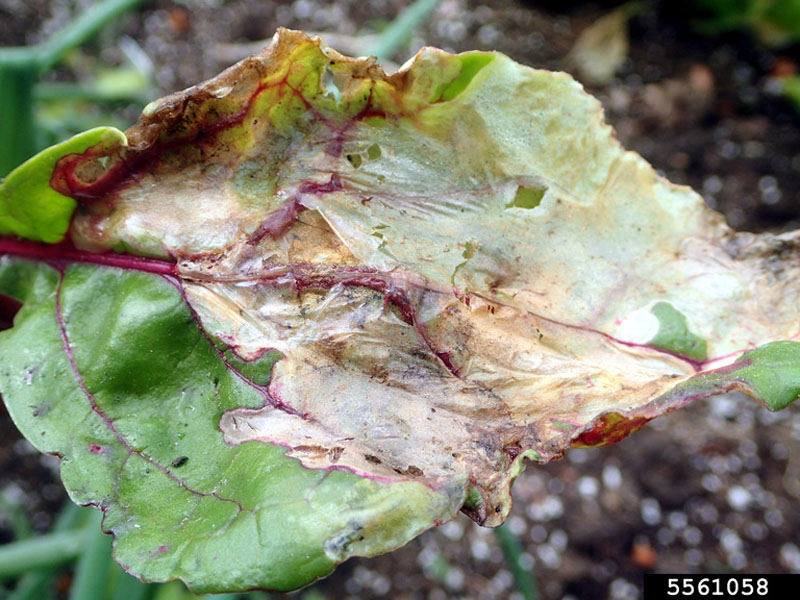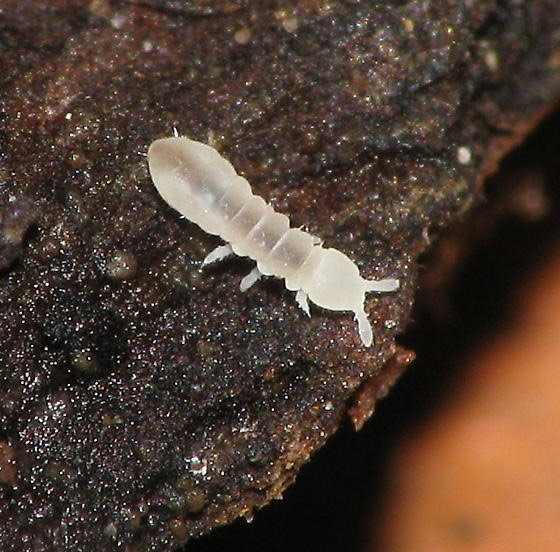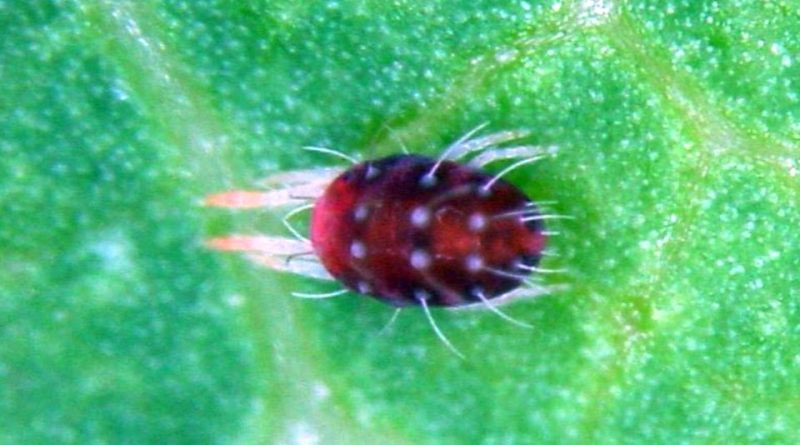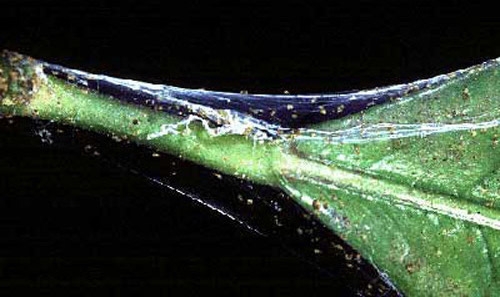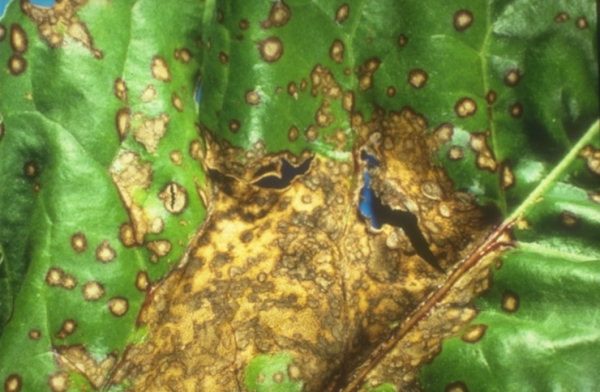Eutypa dieback
The disease of Eutypa dieback (Gummosis) is very widespread in Greece and causes very serious damage to stone fruits, especially to apricot (die back, gummosis), vine (dying arm), citrus (especially lemon) and pistachio tree. Scientific name: Eutypa lata (Eutypa armeniacae), Diatrypaceae, Cytosporina lata (Libertella blepharis)Other name: Die back, Gummosis, Dying armGreek name: Νέκρωση Βραχιόνων Symptoms […]

